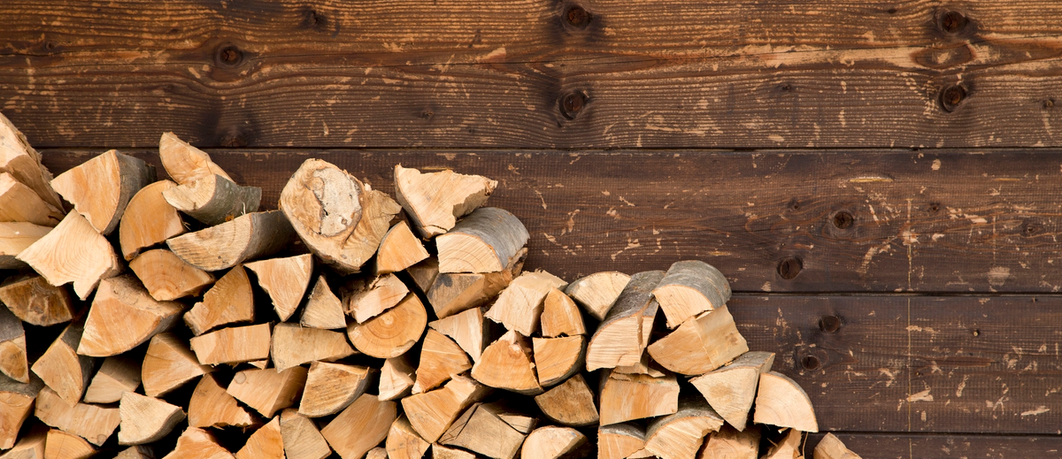
Andrew Hallam
01.07.24
Why Banking Everything On US Stocks Is The Biggest Risk Now
_
Imagine this: You live in a village in the Arctic. You need more firewood for the winter ahead. You have bought several cords of wood from different suppliers. You stored them beneath the roof of an open-walled shelter.
The pile is now 5 feet high. But you need more. This won’t get you through the winter.
At the local outdoor market, you spot 3 people selling wood. It’s good stuff. You’ve bought from them all before. Jimmy’s wood sells for $1 a kilogram. Jane is charging $1.30 a kilo. Jason is selling wood for $2 a kilo.
Whose wood do you want today?
The answer is simple. For each dollar spent, you’ll be able to heat your house longer and cook more food if you buy Jimmy’s wood.
The stock market works much the same way.
Jimmy’s wood, at $1 a kilogram, represents emerging market stocks.
Jane’s wood, at $1.30 a kilogram, represents developed international stocks.
And Jason’s wood, at $2 per kilogram, represents US stocks.
Jason’s wood isn’t always the most expensive. Sometimes, it’s the cheapest. In such cases, you would yield more heat and be able to cook more food for each dollar spent if you bought Jason’s wood.
However, that isn’t the case today.
Nor is that the case with US stocks.
Get International Investing insights
in your inbox once per month
There will be a time for bargains, with US stocks. But that time isn’t now.
First, let’s look at comparable dividend yields. If you bought a US stock market ETF today, you would earn a dividend yield of about 1.27 percent. That means, for each $1000 invested in the US stock market, you would receive $12.70 per year in dividends. In firewood terms, that’s a low heat value for each dollar spent.
If you bought a developed market international stock market ETF, you would earn a dividend yield of 3.38 percent. That’s almost three times as much heat for each dollar spent.
If you bought an emerging market ETF, you would earn a dividend yield of 3.18 percent.
I can hear what you might be thinking. Over the past several years, US stocks have performed better. But high prices and low dividend yields are inversely proportional to high future stock returns.
In other words, over the next ten years, US stocks will likely be among the world’s worst performers.
Impossible, you say?
The best indicator of a market’s expensiveness is something called a CAPE ratio. Think of it as a measurement of how much heat we can generate from each dollar spent on firewood. A high CAPE ratio (high price for firewood) typically means poor returns for the decade ahead.
That’s based on a long, historical assessment. CAPE ratios, in fact, are the best predictor of how well stocks will perform in the decade ahead. When the CAPE ratio is high (such as it was for US stocks in 2000) future returns typically end up poor.
From 2000 to 2010, US stocks were among the world’s worst performers. Including reinvested dividends, they didn’t make a profit.
Meanwhile, developed international and emerging market stocks offered a much better deal in 2000…and they performed better than US stocks over the decade that followed.
Once again, think of each dollar spent on firewood. When CAPE ratios are lower than average (developed international and emerging markets are relatively cheap today) it doesn’t just mean dividend yields are higher. It means such markets will usually outperform over the next ten years.
US stocks are sometimes cheaper than emerging markets and European shares. But they aren’t right now. That doesn’t mean, however, that American shares will suffer every year until 2034. Some years, they’ll likely soar. But based on the thorough analysis by Professor Robert Shiller, their average return over the next ten years is likely to be poor.
Don’t, however, sell all your US stocks.
Maintain global diversification. You can make this easy by owning an all-in-one portfolio ETF, such as what I recommend for Australians and Canadians here; British investors here; and Europeans here.
If you prefer to buy individual ETFs (instead of an all-in-one product) make sure US stocks don’t represent more than roughly 50 percent of your stock market allocation. If they do, rebalance. Add extra proceeds to your international stock market ETF or emerging market ETF.
Your retirement is your winter.
It’s best to be prepared…and not load up on expensive wood.
Andrew Hallam is a Digital Nomad. He’s the bestselling author Balance: How to Invest and Spend for Happiness, Health and Wealth. He also wrote Millionaire Teacher and Millionaire Expat: How To Build Wealth Living Overseas
Swissquote Bank Europe S.A. accepts no responsibility for the content of this report and makes no warranty as to its accuracy of completeness. This report is not intended to be financial advice, or a recommendation for any investment or investment strategy. The information is prepared for general information only, and as such, the specific needs, investment objectives or financial situation of any particular user have not been taken into consideration. Opinions expressed are those of the author, not Swissquote Bank Europe and Swissquote Bank Europe accepts no liability for any loss caused by the use of this information. This report contains information produced by a third party that has been remunerated by Swissquote Bank Europe.
Please note the value of investments can go down as well as up, and you may not get back all the money that you invest. Past performance is no guarantee of future results.
